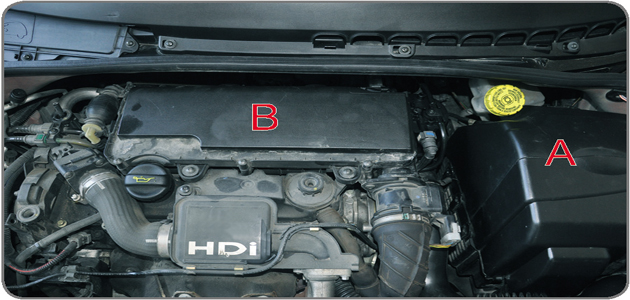
The WF8302 fuel filter is common to a number of popular applications including: Citroën C1, C2, C3, C3 II, Nemo, Xsara; Ford Fiesta V (02-), Fiesta VI (08-), Fusion/Fusion Plus; Mazda 2; Peugeot 1007, 107, 206/206 SW, 206+, 207, 307/307 SW, Bipper; and the Toyota Aygo. The WF8302 can prove to be a tricky filter to fit so this guide from WIX should help you to overcome any issues.
Follow the instructions as shown (below) to ensure the safe, quick and easy installation of a new fuel filter. The positioning of the fuel filter on the applications listed is hidden away under the engine masking frame and the air filter cover. Some models are fitted with an electronic water indicator in the filter as well as a fuel heater connection.
It is recommended that these are removed from the old filter and fitted to the new one first. The filter only has one ‘in’ and one ‘out’ fuel hose to be fitted and these locations are clearly marked on the top while the fitting nozzles are supplied with blank caps to prevent dirt entering the filter chamber before fitting.
1. Fuel injection system elements in diesel engines are made with very strict tolerances and very little slackness. For this reason cleanliness is absolutely necessary when operating these elements.
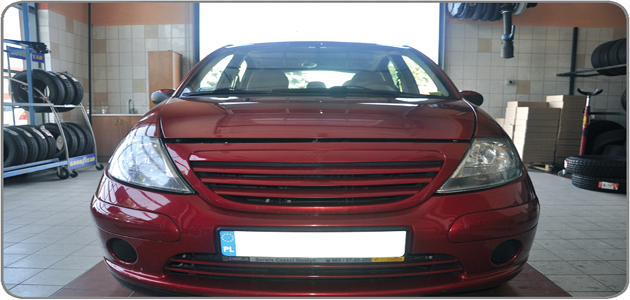
2. Remove the air filter cover (A) and then remove the engine masking frame (B).
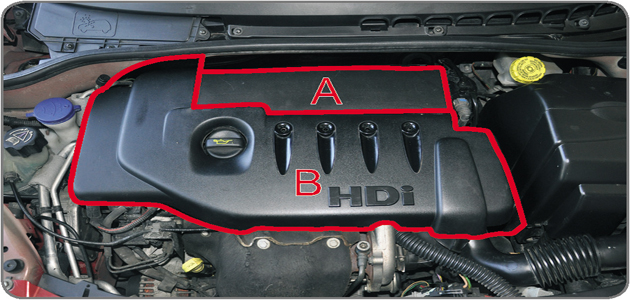
3. Take the battery casing off.
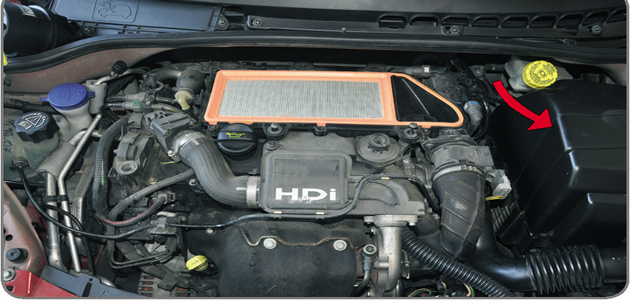
4. Untighten the screw that fastens the fuel filter (A) and then do the same with the screw that fastens the brake vacuum pipeline (B).
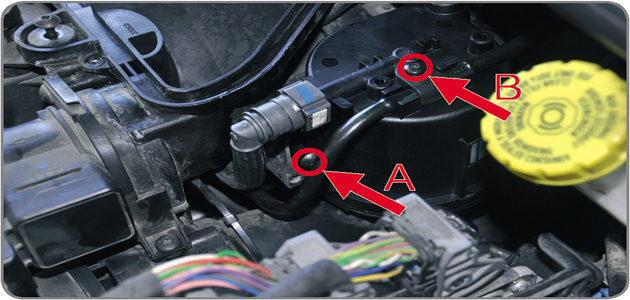
5. Disconnect the fuel heater connector that is placed in the bottom part of filter (A) before opening the quick connections of the fuel hoses (B). You can then remove the filter (please note that some car models are equipped with an electronic indicator of water in the filter. In this case it is recommended to remove the water sensor from the filter).
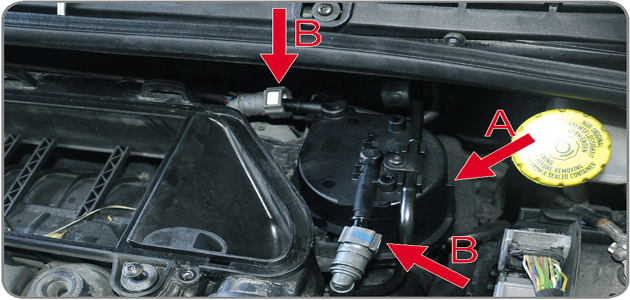
6. Connect the fuel heater connector and fix the new filter in the casing. Remove the plugs and connect the fuel hoses (A) (please note that some car models are equipped with an electronic indicator of water in the filter. In this case it is recommended to install the water sensor in the filter. During installation the sensor seat plug in the filter is pushed in, which has no negative result on the fuel filtration process).
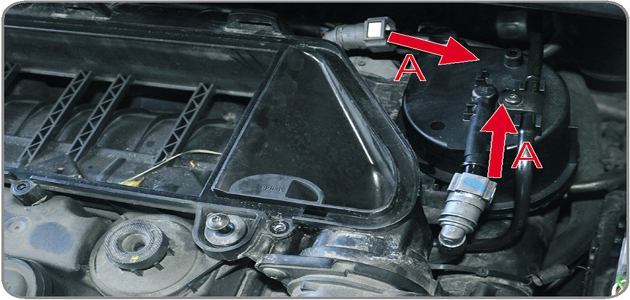
7. Tighten the screw that fastens the fuel filter (A) and screw the fastening for the brake vacuum pipeline (B).

8. Fix the battery cover (A) and air filter cover (B). Start the engine, checking the fuel system for leakage, and install the engine masking frame.
